All of us have heard the story of Hansel and Gretel and each and every child without exception, has dreamed of at least getting to see – if not living in – an edible house made of cookies, chocolates and other treats. Though not in the literal sense, most houses and buildings made during ancient times were small symbols of the legendary Hansel & Gretel house.
Food and Architecture
Our ancestors were very deeply connected to nature and this reflects clearly in every aspect of their lifestyle, a major one being architecture. Architecture is a wonderful example of the adage “Necessity is the Mother of Invention”; architecture being the invention, necessity being nomads settling down in one place to pursue agriculture as an organized activity. It’s really amazing how food-centric every aspect of life is. And architecture is no stranger to this concept.
It is widely believed that ancient monuments were made of straw, mud and stones. However, this is only the partial truth, for though these materials were the major components of houses, monuments and buildings, they were held together by food. Yes Food!!!
Some interesting ingredients were commonly used in construction in the bygone era. If we start at the very basics, rough straw or bamboo structures were one of the very early attempts of building. Initially, this building of structures was done using the fallen branches of trees or tusks of wild animals, held together by strips of hide. However, as agriculture developed, some byproducts like straw of grains like wheat, barley, oats, etc. slowly started featuring as structural materials, once the grain was threshed away. Forest dwellings were made using bamboo, popular even today as food.
As time progressed, so did the invention capacity of man, his observation and awareness of the usefulness of various materials. Gradually, as man began to use mud and clay for construction, the need for a binding agent was fulfilled by liquids such as sugarcane juice, coconut water, molasses, honey, milk, curd, whey and animal blood. Though an ancient practice, the use of sugarcane juice and curd continued right till the 18th century.
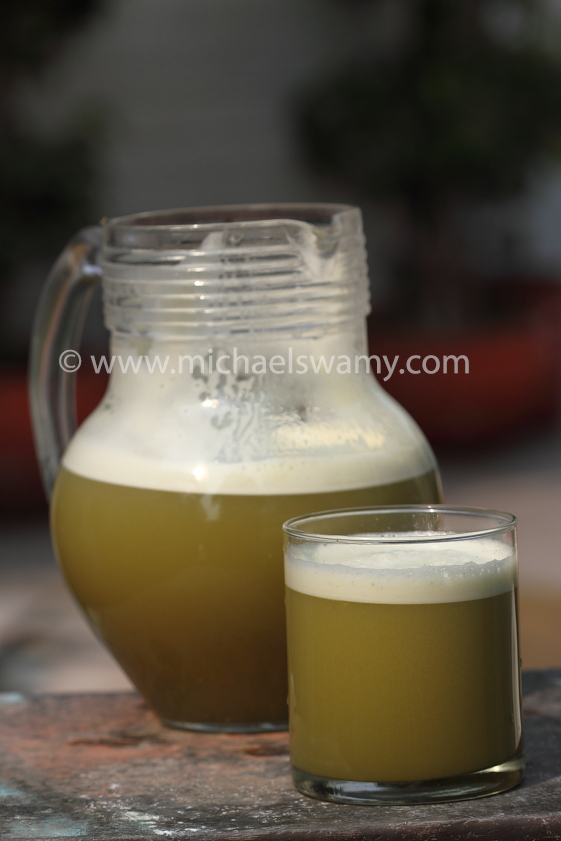 Sugarcane juice
Sugarcane juice
The Bara Imambara in Lucknow is a prime example of a monument built using a lime mortar containing sugarcane juice. Sugarcane juice was mostly used in its raw form. However, there are numerous instances of construction, particularly of monuments commissioned by the elite wherein the use of sugar or jaggery solution is recorded. Lime mortar, it is said, was mixed with a fermented sugar or jaggery solution and re-fermented to be used as the binding liquid for “liquid cement”.
Pre-Concrete era
As mud and clay structures made way for stone and brick buildings, liquid binding agents were further supported by a “concrete” mixture. Concrete of course, is a modern day creation. The pre-concrete era saw a mixture of lime, clay and sand mixed with a coarse flour of ingredients like lentils (particularly urad dal and mung dal), barley, wild rice, unhusked rice, millet, horsegram; oilseeds like mustard seeds and sesame and also things like egg whites, egg shells and cashew shells. This mixture was often fortified by mixing it with the pulp of fruits like figs, cashew, bananas, papaya or tendu fruit.
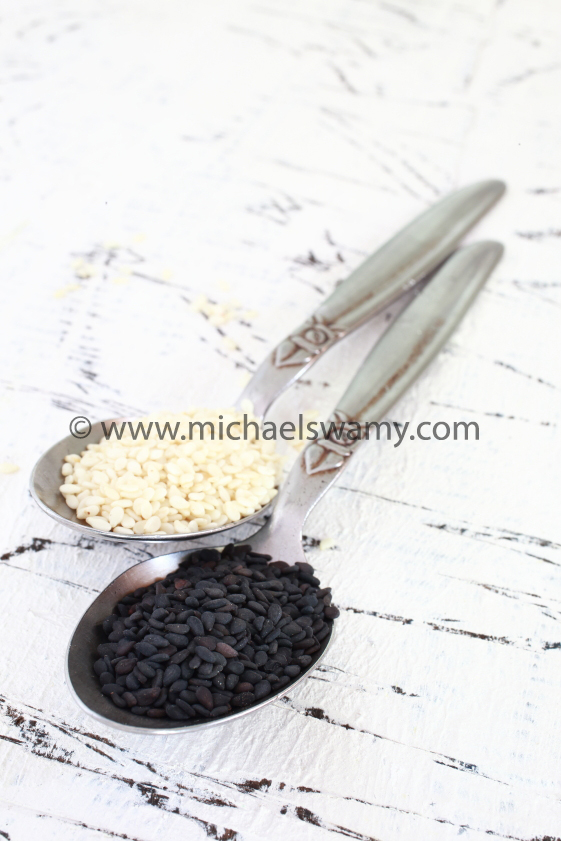 Sesame Seeds
Sesame Seeds
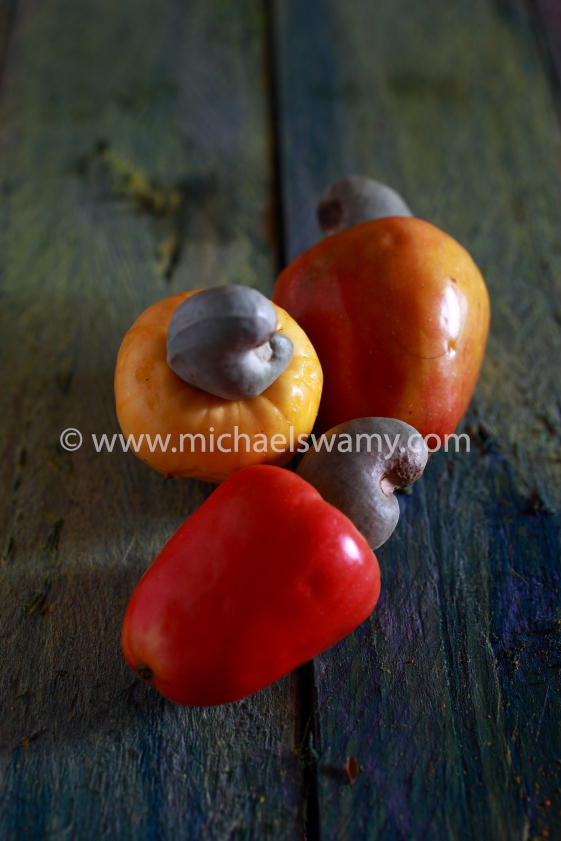 Cashew Fruits
Cashew Fruits
The tendu fruit is a tribal favorite in places like Orissa and Madhya Pradesh where it grows on trees, the leaves of which are used to roll beedis.
 Tendu fruit
Tendu fruit
Tamarind effect
The monuments made from these ingredients stand tall and strong even today. The passage of time does show itself in the form of cracked walls, chipped corners and damp roofs. These cracks were repaired using yet another remarkable ingredient – tamarind seeds. Anyone who has grown up with a tamarind tree in the vicinity of their home knows what a delicious snack roasted tamarind seeds make. This delicious snack was used in powdered form, mixed with lime and jaggery solution to fill cracks. However, the use of tamarind seeds almost fades in comparison to the ingenious waterproofing method used. The simple trick was to use flax seeds. Yes, the healthy nutritious superfood of today was boiled till a thick slimy mucilaginous gel formed in the water. This gel was strained and collected and brushed on the outside of walls and roofs to waterproof them. Flax seed oil is used even today in some wooden heritage structures as a hardy polish.
Architectural benefits of these food ingredients
It may seem like the use of all these ingredients were the result of surplus or a show of opulence. But that is not the case. The reason for use of these perishables to create everlasting monuments was a scientific one. According to Mrunal Savkar, an archaeology student, “the ancients used perishables in lime mortars because they knew that lime hardens when exposed to carbon dioxide. The ingredients used would rot over time and release carbon dioxide among other gases, aiding the process of carbonation and thus hardening the lime even from within.” This knowledge was not limited to India, but prevalent the world over.
Romans also used milk and animal blood in cement solutions used to create the magnificent structures that draw tourists even today. The Great Wall of China, the only manmade wonder to be seen from space, has stood the test of time thanks to the strength provided by sticky gelatinous rice and soya beans. The temples of Angkor Vat are constructed using Khmer bricks, which are a mixture of clay and vegetable fibers. In African countries, dung floorings are a common sight. The mixture used to create these contains pig’s blood (which hardens the floor on drying) and dried powdered mint (to prevent any foul smell from lingering). In Canada, hemp (cannabis) fibers are used in combination with cement to make sturdy bricks.
Looking at the situation today, one wonders if we should go back to using these supposedly “outdated” environment-friendly construction tactics, which were not only natural and safe, but also left no carbon footprints thanks to wastes and by-products being used constructively (in the literal sense). Maybe that’s what will save the earth.








































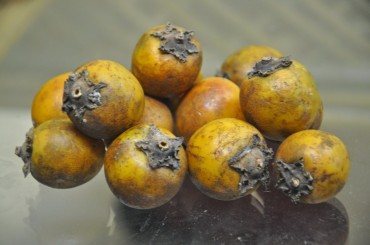













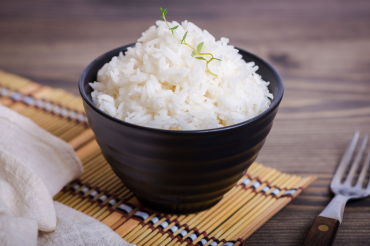



Comments